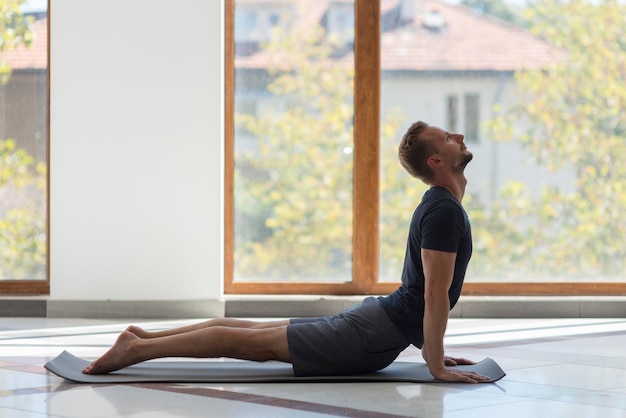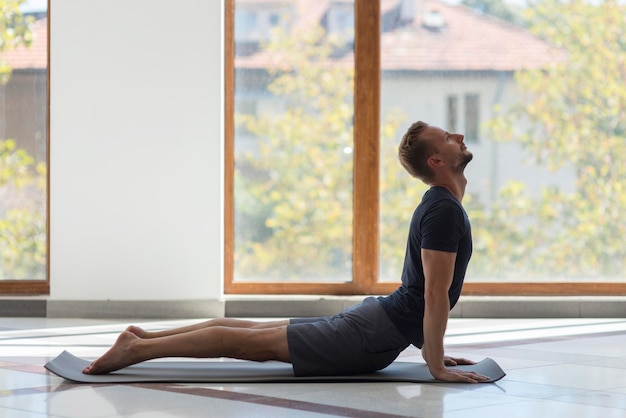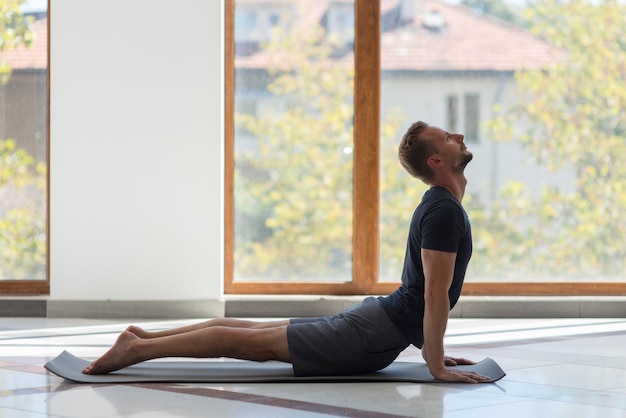In today’s fast-paced work environment, long hours at a desk, constant screen time, and poor ergonomic setups are silently compromising our posture. For busy professionals, slouching has become the default—leading to neck pain, lower back strain, fatigue, and even reduced confidence. The good news? You don’t need hours at the gym or expensive treatments. Just 30 minutes a day can transform your posture through targeted, science-backed resets.
This guide breaks down exactly what to do, why it works, and how to adapt the routine to fit your schedule—no matter how packed it is.
Posture isn’t just about standing up straight. It reflects how your body is aligned and balanced under gravity. Poor posture—especially from prolonged sitting—leads to muscle imbalances: tight chest muscles, weak upper back, and overworked neck and shoulders.
Over time, this contributes to chronic pain, reduced lung capacity, and even mood imbalances. Studies show that upright posture can boost energy, improve focus, and enhance emotional resilience. For professionals, better posture means better presence, productivity, and performance.
Posture resets work by retraining your neuromuscular system—your brain’s connection to your muscles. When you sit poorly for years, your body adapts as if that slouched position is normal. A posture reset interrupts that pattern through three key mechanisms:
These changes don’t require intense workouts. They rely on consistency, awareness, and smart movement.
This structured 30-minute plan is designed for efficiency and effectiveness. Break it into two 15-minute sessions (morning and evening) or complete it all at once—whichever fits your schedule.
Start by tuning into your body. Stand with your back against a wall—heels, hips, shoulders, and head touching. Notice gaps, especially in your lower back or neck. This is your baseline.
Then, perform gentle movements:

Tight muscles pull your body out of alignment. Focus on these key areas:

Now activate the muscles that support good posture:
These exercises target the postural muscles often weakened by sitting—rhomboids, trapezius, core, and glutes.
Finish by reinforcing proper alignment:
The key to success is sustainability. Here’s how to adapt:
Improving your posture isn’t about perfection—it’s about awareness and consistent effort. With just 30 minutes a day, you can reverse years of postural drift, reduce pain, and project greater confidence. Whether you’re leading meetings, working remotely, or commuting, your body alignment shapes your experience. Start today, and feel the difference—one reset at a time.

Wellness

Wellness

Wellness

Wellness

Health

Wellness

Wellness

Fitness

Wellness

Wellness

Fitness

Wellness

Health

Fitness

Health

Health